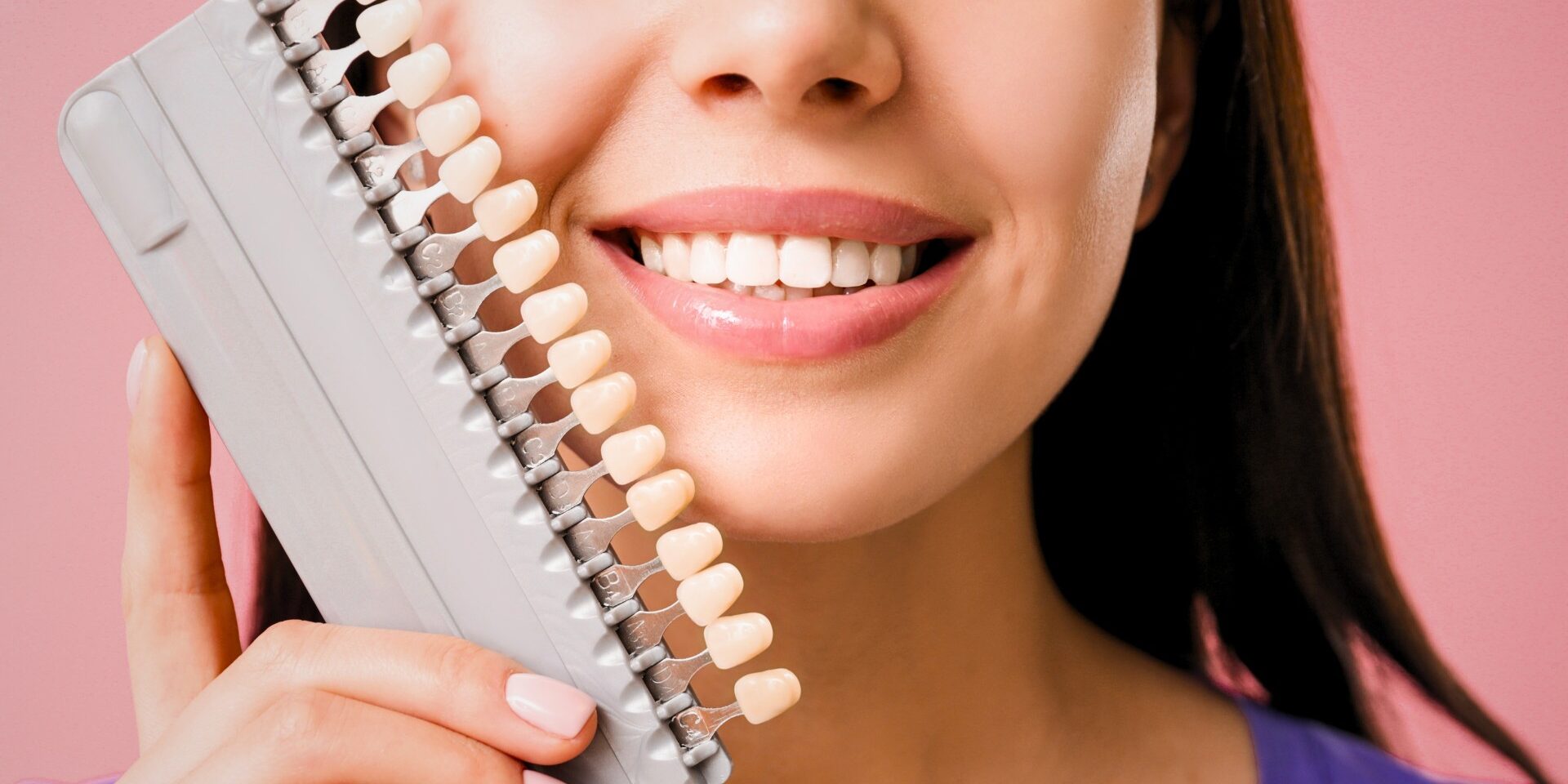Teeth Bleaching and Veneers! Understanding the Differences and Benefits
A bright and beautiful smile is often associated with confidence and good health. Regarding enhancing teeth appearance, two popular cosmetic dentistry options are teeth bleaching and veneers. However, many people wonder whether these procedures can cause harm. In this blog, we will explore what bleaching and veneers are, their key differences, and whether they pose any risks to your dental health.
What Is Teeth Bleaching?
Teeth bleaching, also known as teeth whitening, is a cosmetic dental procedure designed to lighten teeth color. It involves using bleaching agents, primarily hydrogen peroxide or carbamide peroxide, to remove stains and discoloration caused by factors such as coffee, tea, smoking, and aging.
Pros of Teeth Bleaching:
- Non-invasive: No drilling or removal of tooth structure is required.
- Cost-effective: Compared to veneers, bleaching is a more affordable option.
- Quick results: Professional whitening can show noticeable results in just one session.
- Customizable shades: You can choose how white you want your teeth to be.
Cons of Teeth Bleaching:
- Temporary results: The effects of whitening fade over time and may require touch-ups.
- Tooth sensitivity: Some individuals experience temporary sensitivity to hot or cold foods.
- Not effective on all stains: Whitening is less effective on intrinsic stains or discoloration caused by medications or genetics.
What Are Veneers?
Veneers are thin, custom-made shells of porcelain or composite resin that cover the front surface of teeth. They are used to improve the appearance of teeth by altering their shape, size, and color.
Pros of Veneers:
- Long-lasting: With proper care, porcelain veneers can last 10–15 years.
- Stain-resistant: Porcelain veneers resist staining from food and drinks.
- Customized appearance: They provide a natural and flawless smile.
- Corrects multiple imperfections: Ideal for chipped, misshapen, or severely discolored teeth.
Cons of Veneers:
- Irreversible procedure: A small amount of enamel must be removed to place veneers, making the process permanent.
- Costly: Veneers are more expensive than bleaching.
- Potential for damage: They can chip or crack if not properly cared for.
Are Bleaching or Veneers Harmful?
Both procedures are safe when performed by a qualified dental professional. However, certain risks exist:
- Bleaching Risks: Overuse of whitening agents can lead to enamel erosion and gum irritation.
- Veneers Risks: Removing enamel for veneers is permanent, and poorly fitted veneers can cause gum inflammation or discomfort.
Which Option Is Right for You?
- If you have generally healthy teeth with mild to moderate discoloration, bleaching may be the best option for a quick and non-invasive enhancement.
- If you have severely discolored, chipped, or misshapen teeth, or want a longer-lasting solution, veneers might be a better choice.
Conclusion
Both teeth bleaching and veneers can significantly improve your smile, but choosing the right option depends on your specific dental needs and preferences. Consulting with a dental professional at Medpera can help you make an informed decision about the best cosmetic treatment for your smile.


